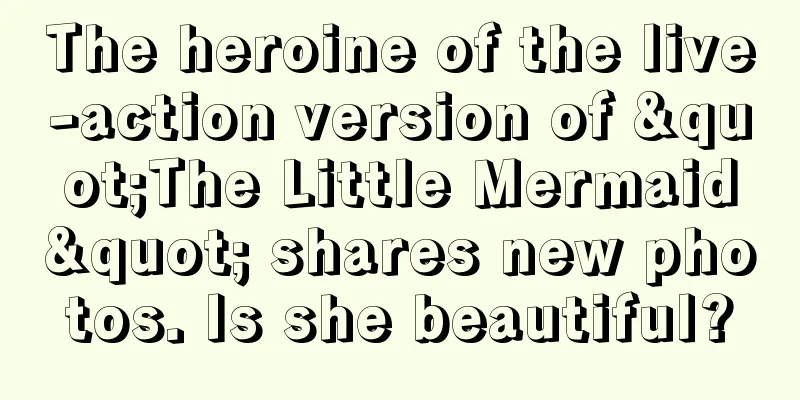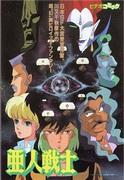A thorough review of the touching story of "Mankichi" and Kame-san's repayment of gratitude!

"Manga no Mankichi (Kamesan no Houon)": A work that marked the dawn of Japanese animation■Overview of the work"Manga no Mankichi (Kamesan no Houon)" is a Japanese animated film released in 1937. This work is known as an animated film released in theaters, and the original work is an original anime. Although it is a short work with only one episode, the story and production background are full of charm. ■ Public Information
■ Story■ Story One day, a filial fisherman goes out fishing and his precious net is stolen by a giant octopus. However, thanks to the help of a turtle he saves, the fish is returned in abundance, and his fish-loving mother is able to enjoy a feast on her dinner table. The story of this work depicts a filial fisherman as the main character. One day, while out fishing, he has his precious net stolen by a giant octopus. However, he is saved from this peril by a turtle that he saves. Thanks to the turtle's kindness, an abundance of fish is provided, allowing the fish-loving mother to enjoy a feast on her dinner table. This simple yet moving story made a deep impression on audiences at the time. ■ Main staff■ Main staffProduced by: Japan Telegraph Communication Corporation Film Division, Illustration by: Sanae Yamamoto, Directed by: Sanae Yamamoto This work was produced by the Nippon Telegraph Communication Company's Film Department. Sanae Yamamoto was in charge of drawing and directing, and his talent is the driving force behind this work. Sanae Yamamoto played an important role in the Japanese animation industry at the time, and his work is still highly regarded today. ■Production BackgroundThe 1930s in Japan was a time when animation films were still in their infancy. "Manga no Mankichi (Kamesan no Houon)" is considered one of the earliest works. Despite the technical limitations of the time, Sanae Yamamoto skillfully created a story that moved audiences. This work can be said to have been an important step in the history of Japanese animation films. ■ Evaluation and impact"Manga no Mankichi (Kamesan no Houon)" was highly praised by audiences at the time. In particular, the theme of the friendship between a filial fisherman and a turtle, and the repayment of a favor, touched many people's hearts. This work also had a great influence on later Japanese animation films. It can be said to have played a pioneering role in many ways, such as the importance of storytelling and the way characters express their emotions. ■ Recommendation pointsHere are some reasons why I recommend this work:
■ Related worksOther Japanese animated films made around the same time as "Manga no Mankichi (Kamesan no Houon)" are also interesting. Below are some related works:
■ Summary"Manga no Mankichi (Kamesan no Houon)" is a representative work from the dawn of Japanese animation films, and its historical value is extremely high. The simple yet moving story of the friendship between a filial fisherman and a turtle, and the way he repays his debt, deeply moves viewers. Another attraction is that it allows viewers to see how Sanae Yamamoto created the story within the technical limitations of the time. This work had a major impact on later Japanese animation films, and you can feel that influence. Please give it a watch. |
<<: Chusuke's Repayment of Gratitude: A Thorough Review of the Moving Story and Character Depth
>>: The appeal and evaluation of "The White Rat Story": The depths of experimental storytelling
Recommend
'The Saint' Movie to Reboot 'Bridgerton' Star Reggie-Jean Page Joins
According to The Hollywood Reporter, actor Regé-J...
Netflix's "Two Cities" promotional image was accused of being generated by AI, Riot Games expressed its stance
Another day, another generative AI furore, this t...
"Crayon Shin-chan" new animated film new cast announced, to be released on April 22
The latest work in the series, the new "Cray...
The appeal and reputation of IDOLY PRIDE: A moving film depicting the dreams and reality of idols
IDOLY PRIDE - Idolly Pride - Comprehensive review...
Ant-Man 3 special effects artist: All budget and resources were given to Black Panther 2
It's rare for a Hollywood movie to be complet...
Netflix's "Japan Sinks" new screenshots released: Seeking hope in disaster
Today (June 12), Netflix officially released some...
"UFO Princess Valkyrie: Symphony of December" review: A fascinating story and deep characters
Princess Valkyrie: Nocturne of December - Fascina...
The appeal and reviews of "Sakura Wars: Ouka Ranman": A moving story and deep characters
Sakura Wars: Ouka Ranman - A thorough dissection ...
Jantama PONG☆ - A thorough analysis of the new entertainment experience created by the fusion of mahjong and music
"Jantama PONG☆" - A 5-minute festival w...
A thorough review of the appeal and emotion of "From Up on Poppy Hill"!
"From Up on Poppy Hill": A Ghibli maste...
Cute High Earth Defense Club HAPPY KISS! - The appeal and evaluation of the second series
Cute High Earth Defense Club HAPPY KISS! Review a...
Message from the Future review: A moving story and deep themes explored
Detailed review and recommendation of Message fro...
Dune 2 confirmed to be introduced to mainland China, release date to be determined
Today (December 14), Dune 2, directed by Denis Vi...
"Combatants Dispatched!" TV animation new trailer officially starts on April 4th
Adapted from the online novel of the same name by...
Transformers: King of the World animation will be released on March 26th. It will be produced in Japan after 10 years.
The Japanese version of the classic IP "Tran...









